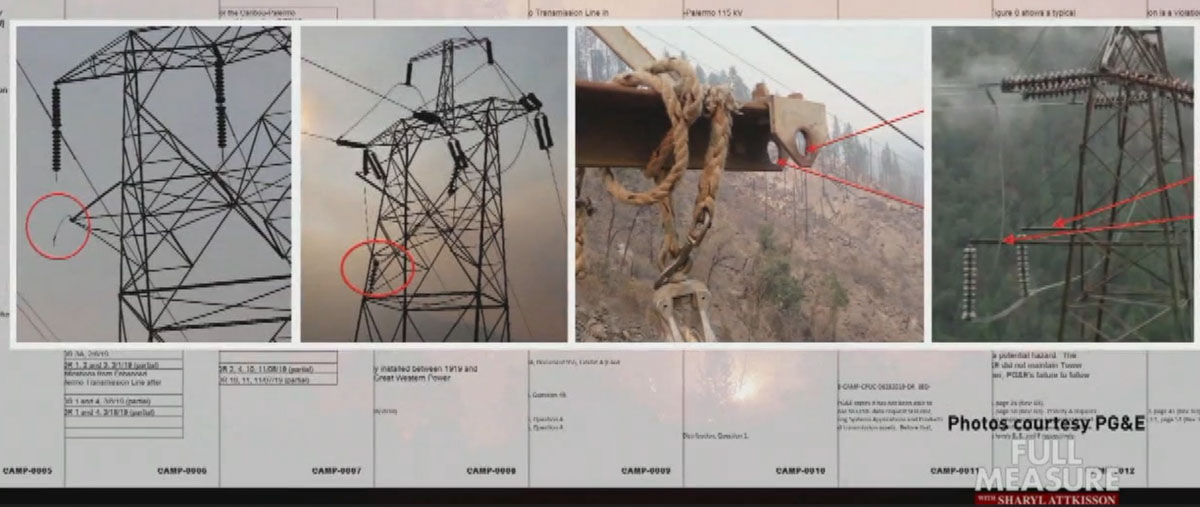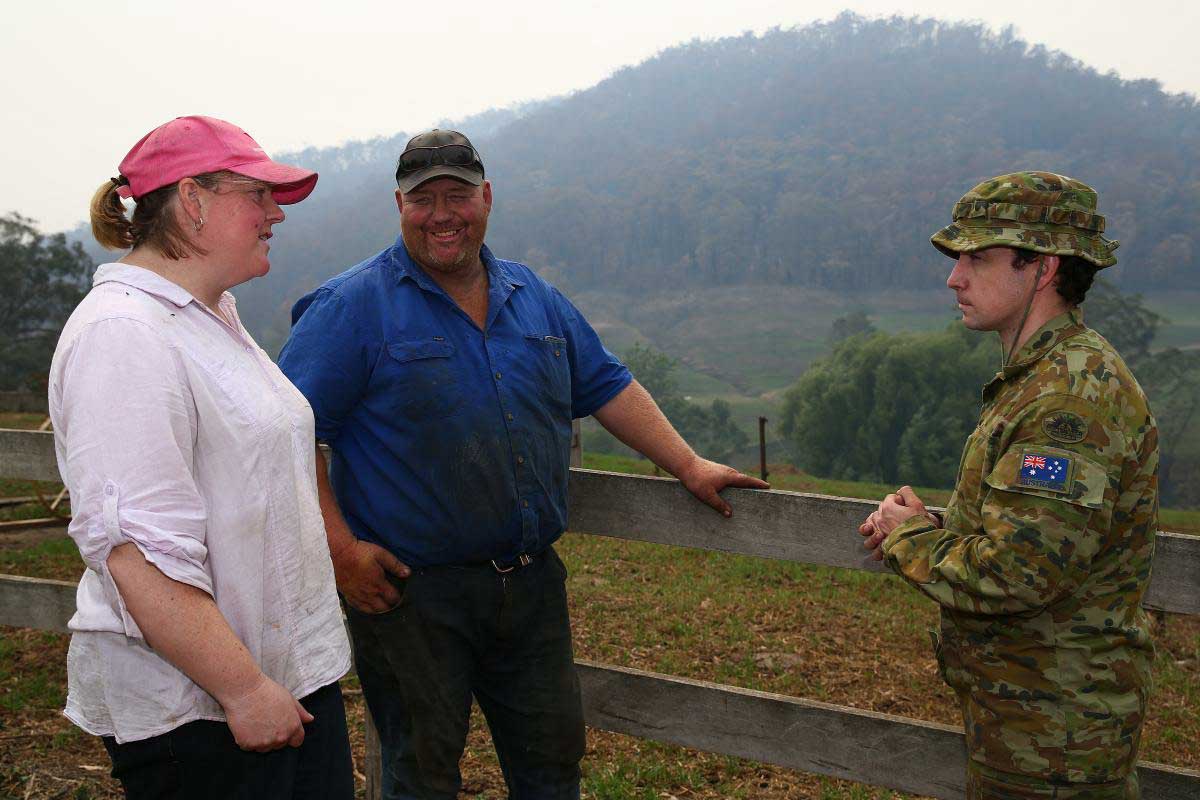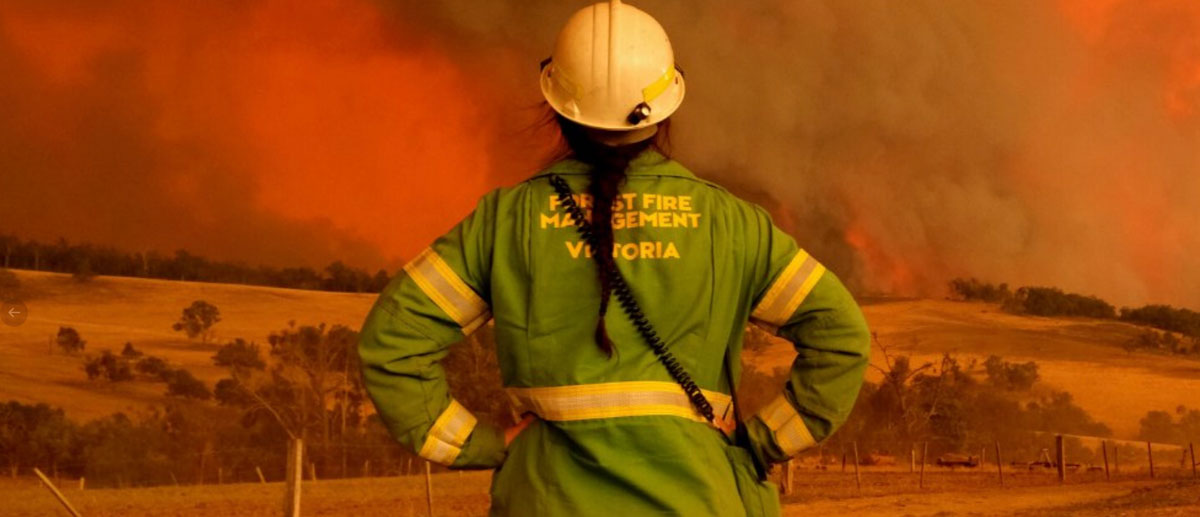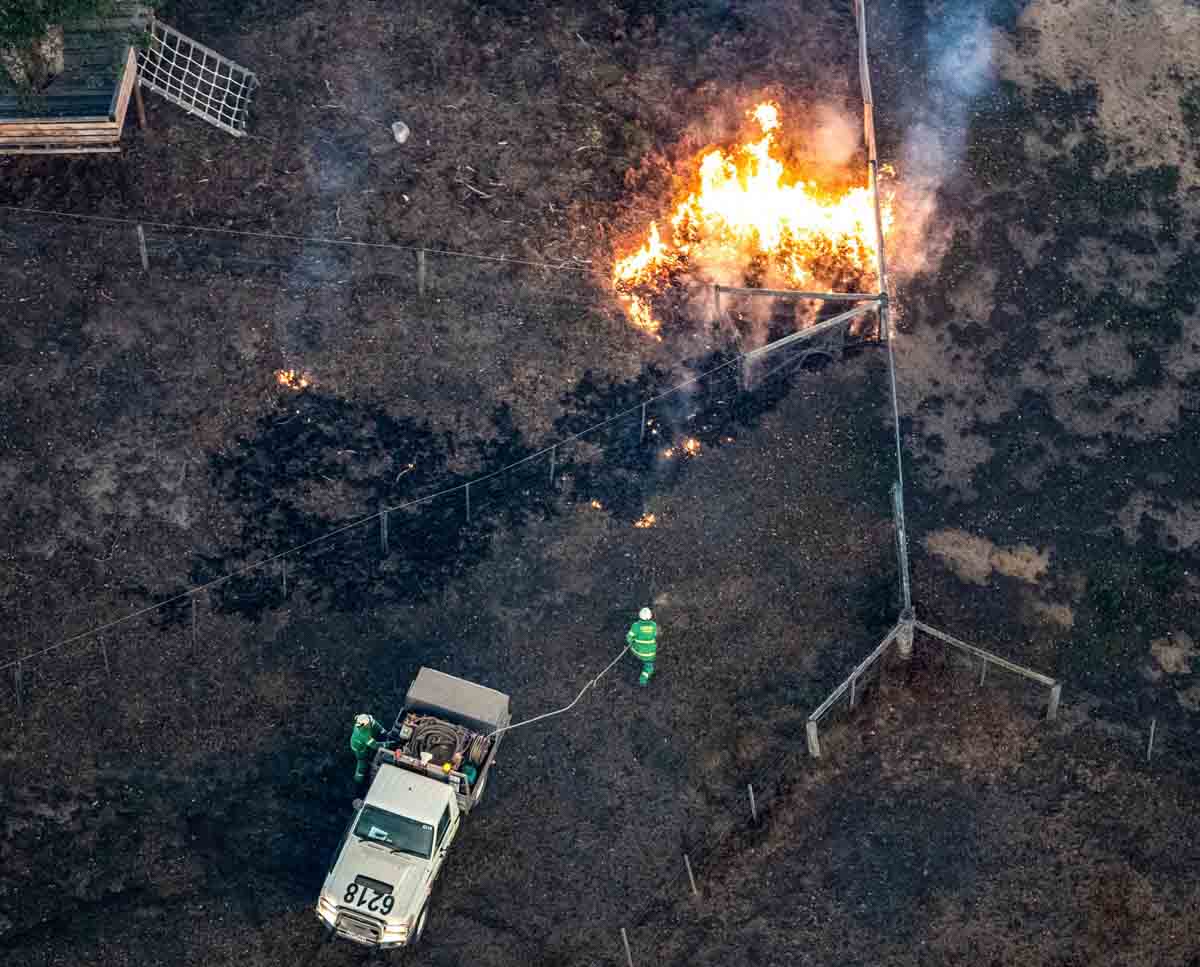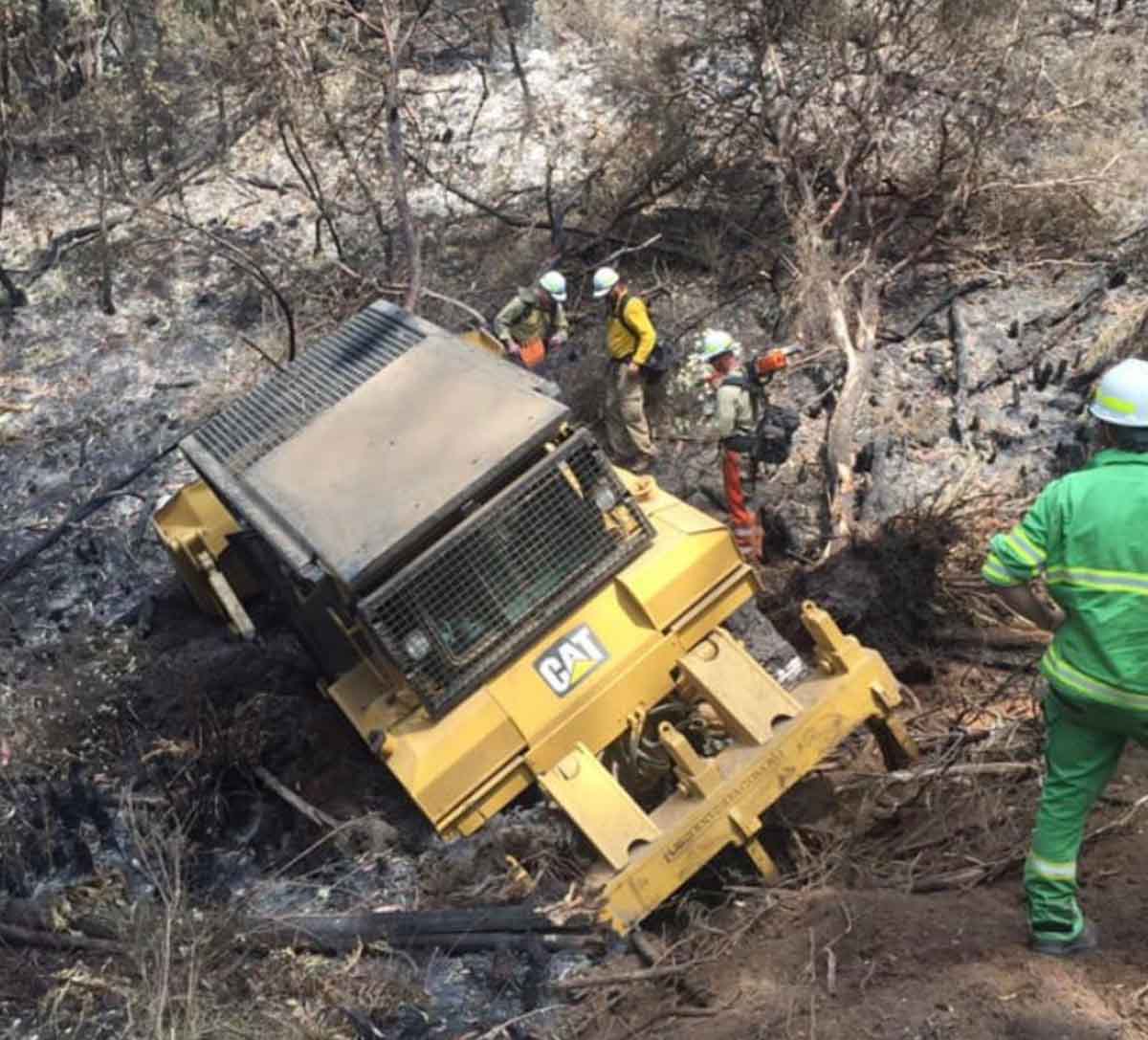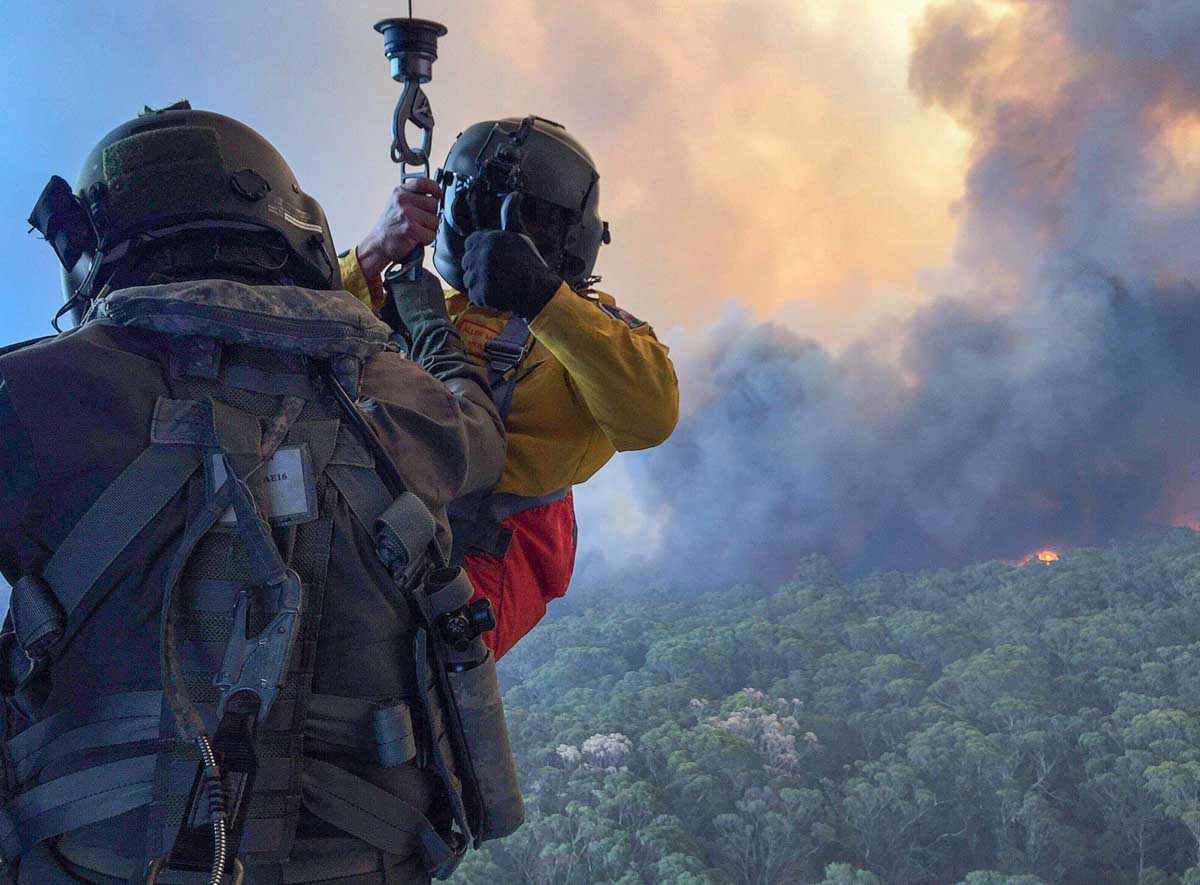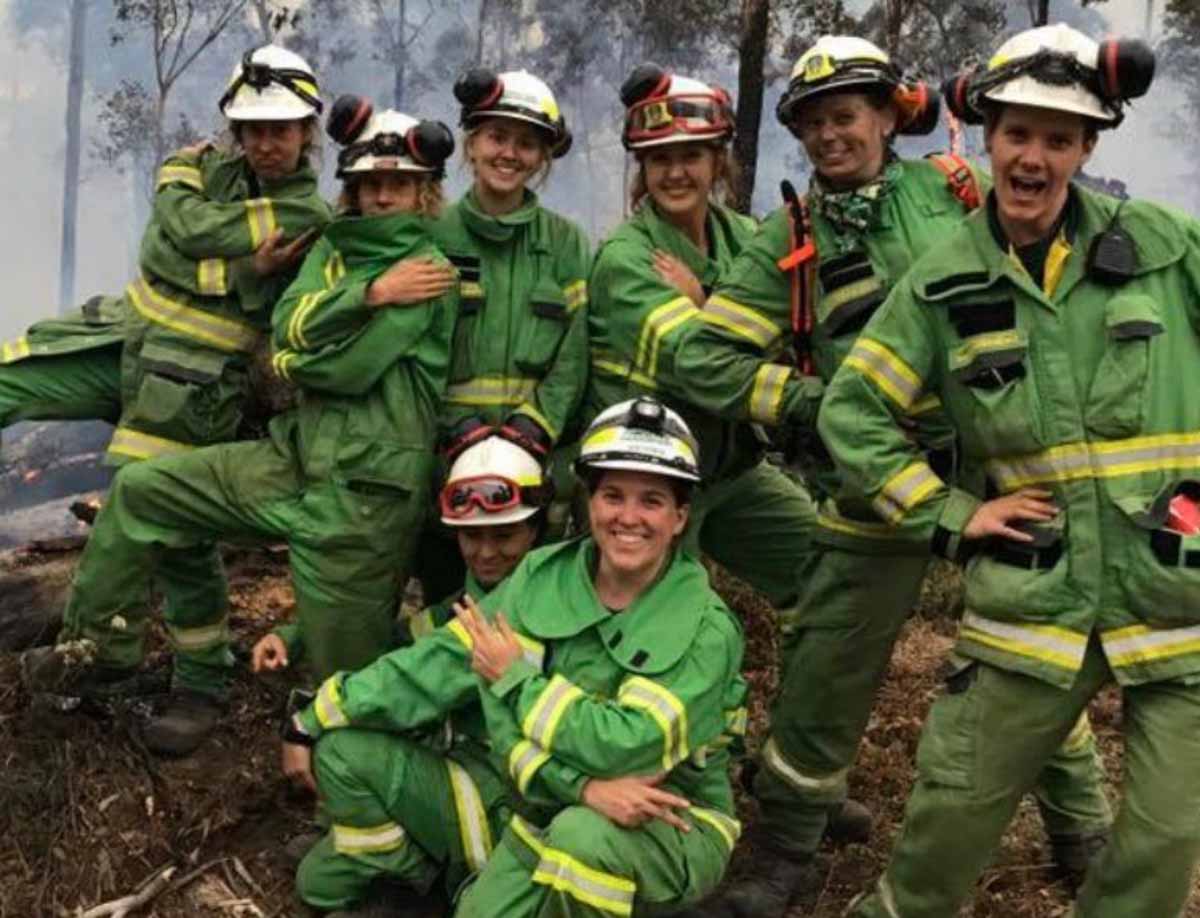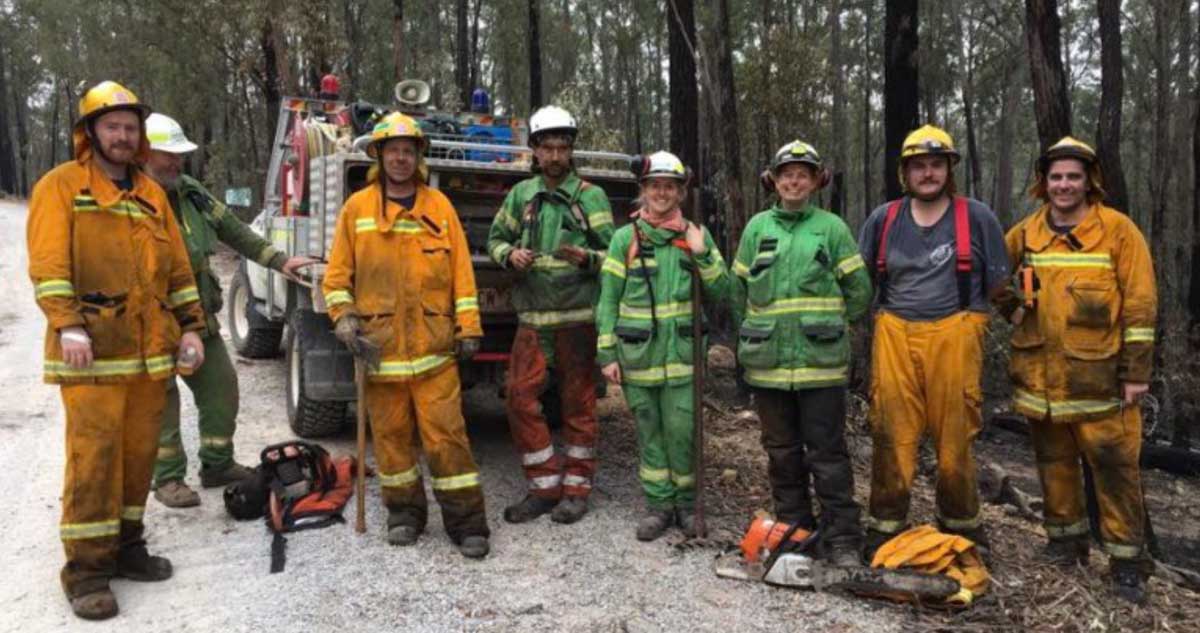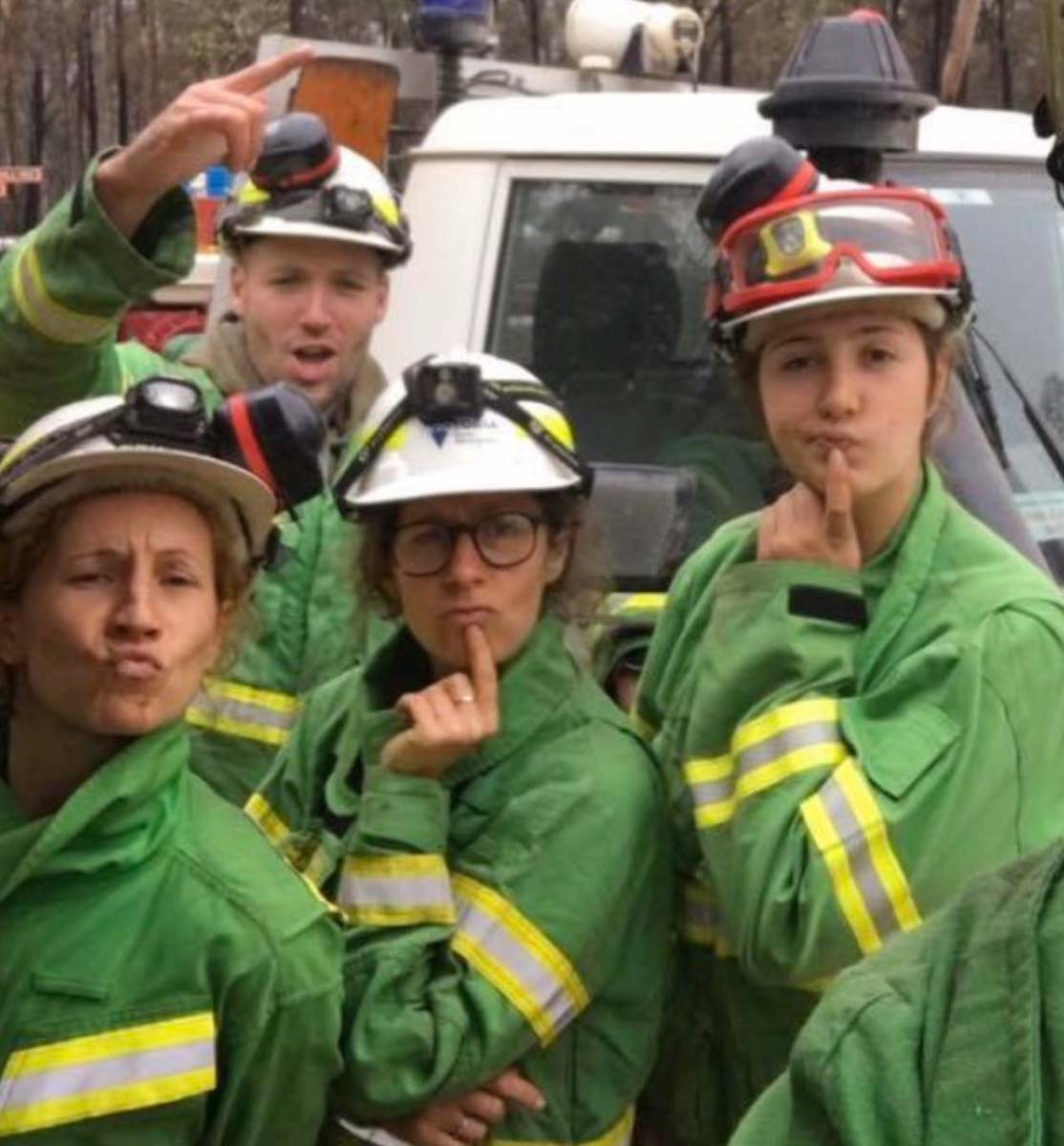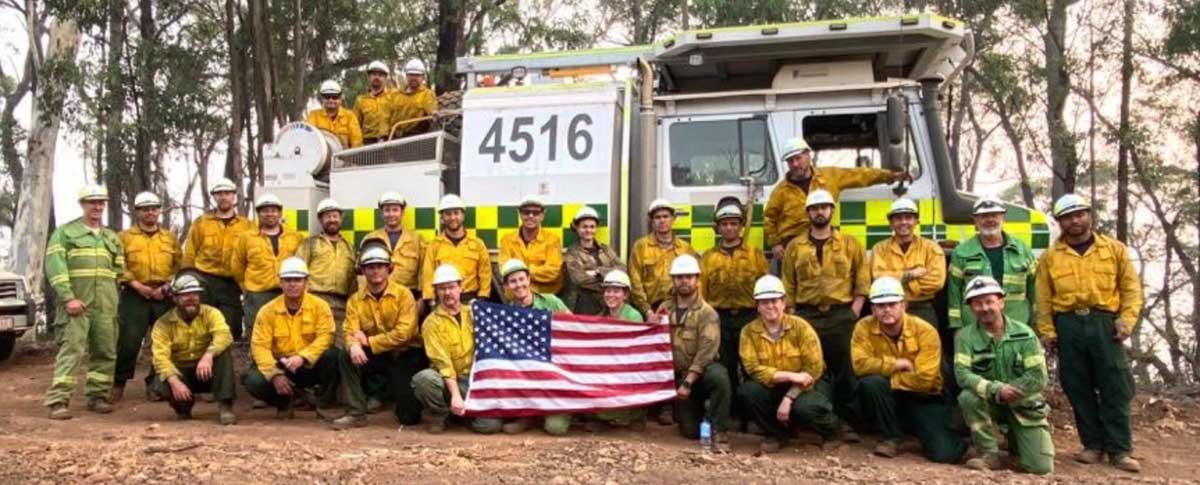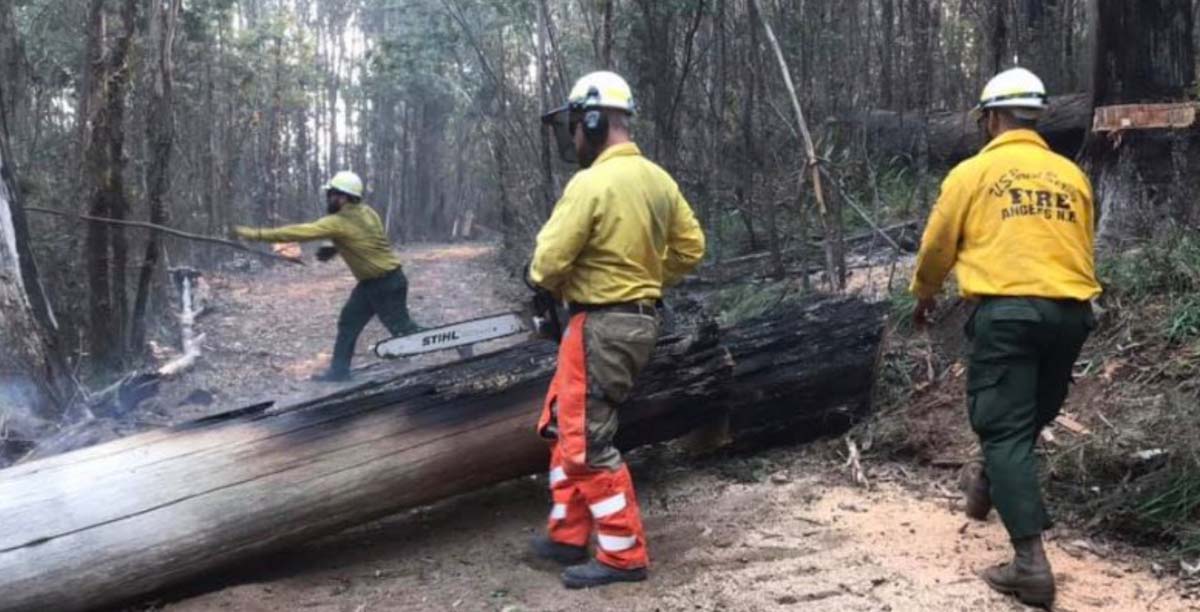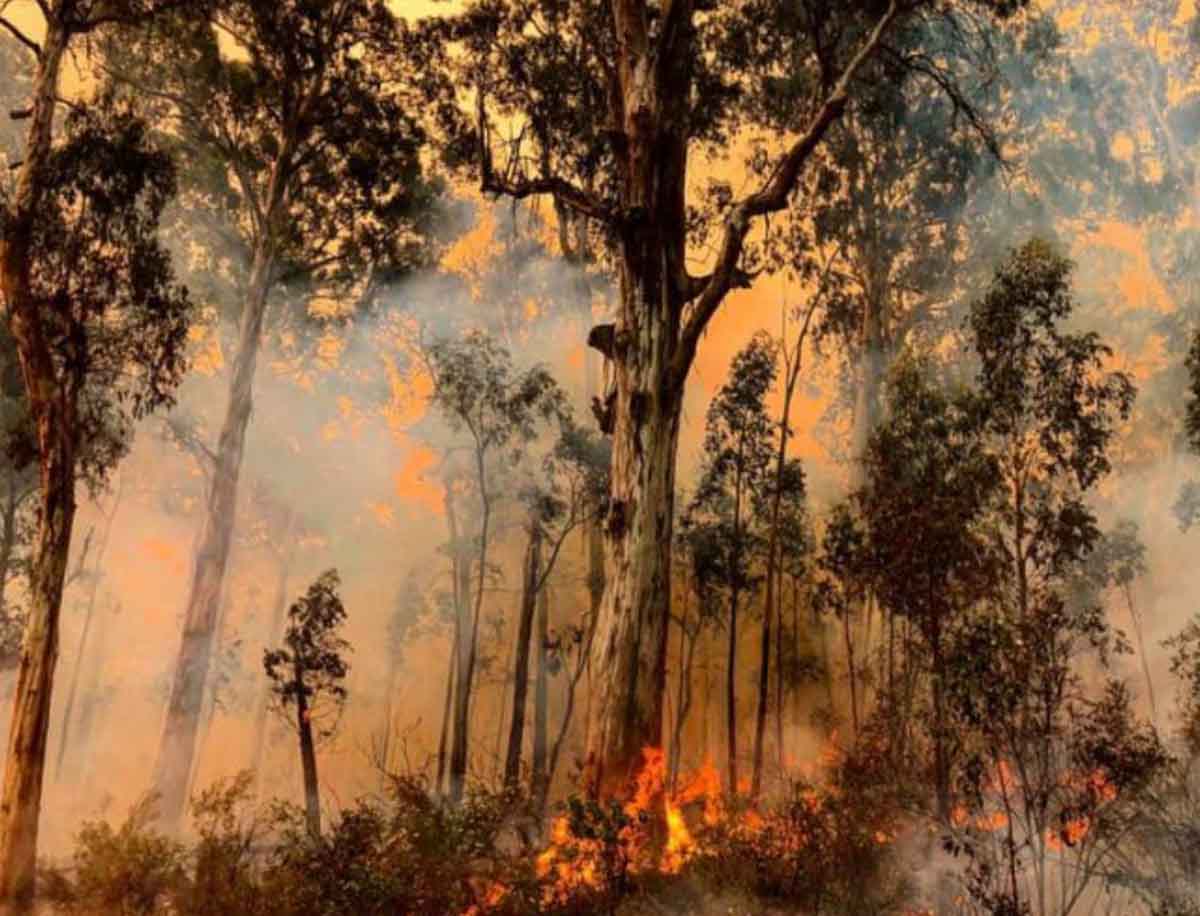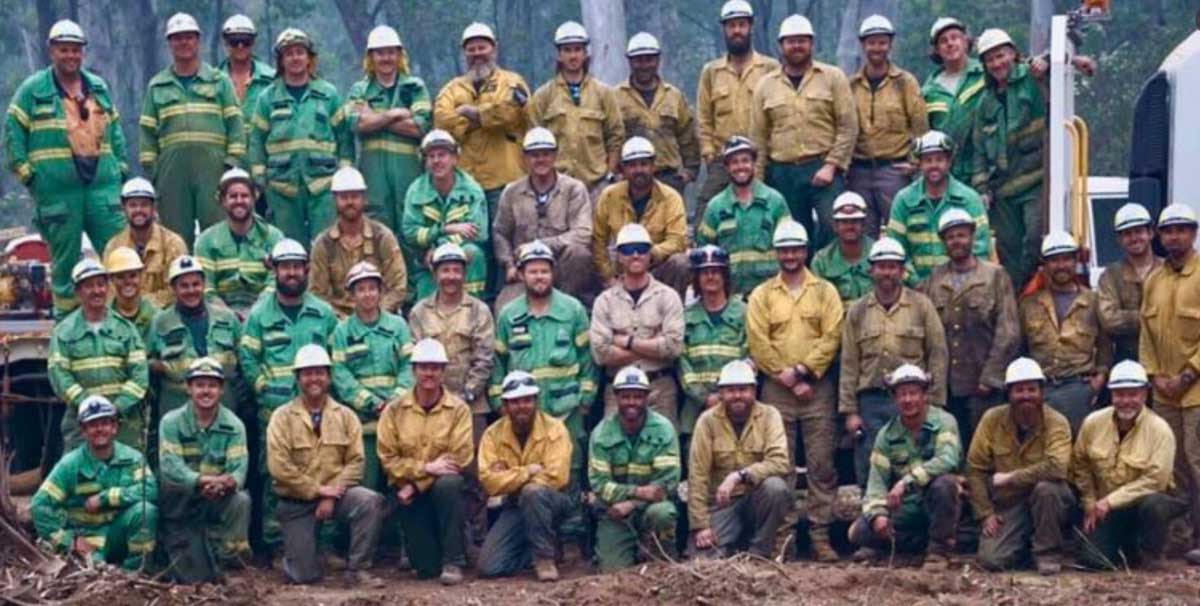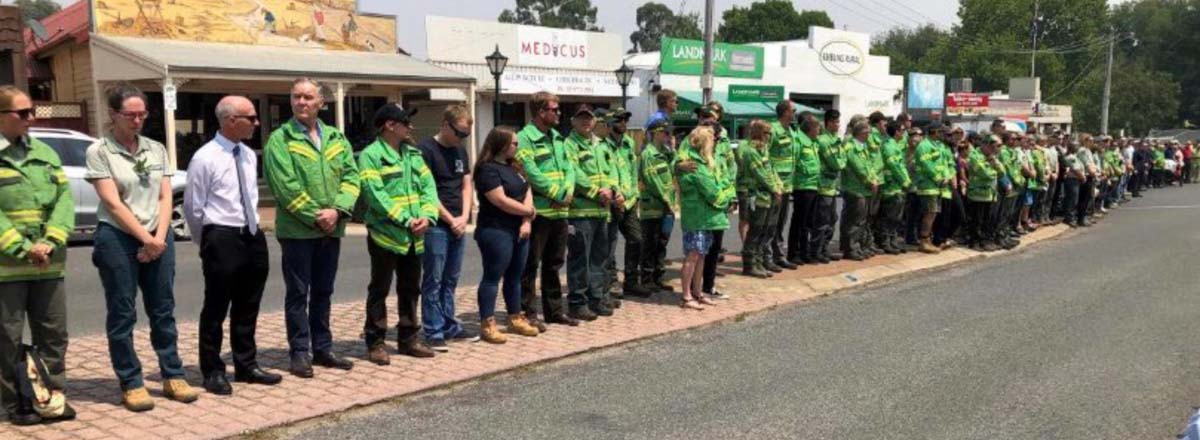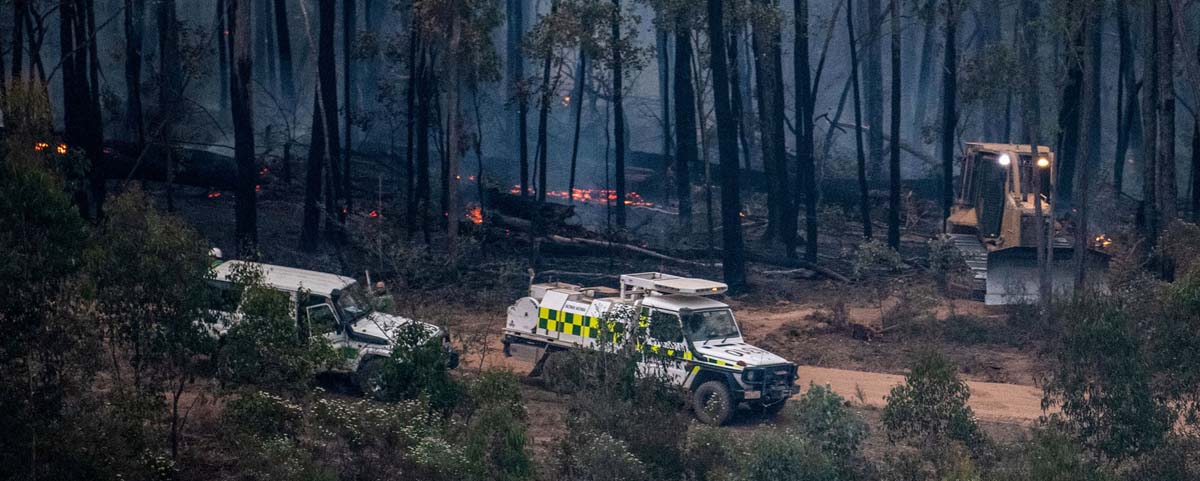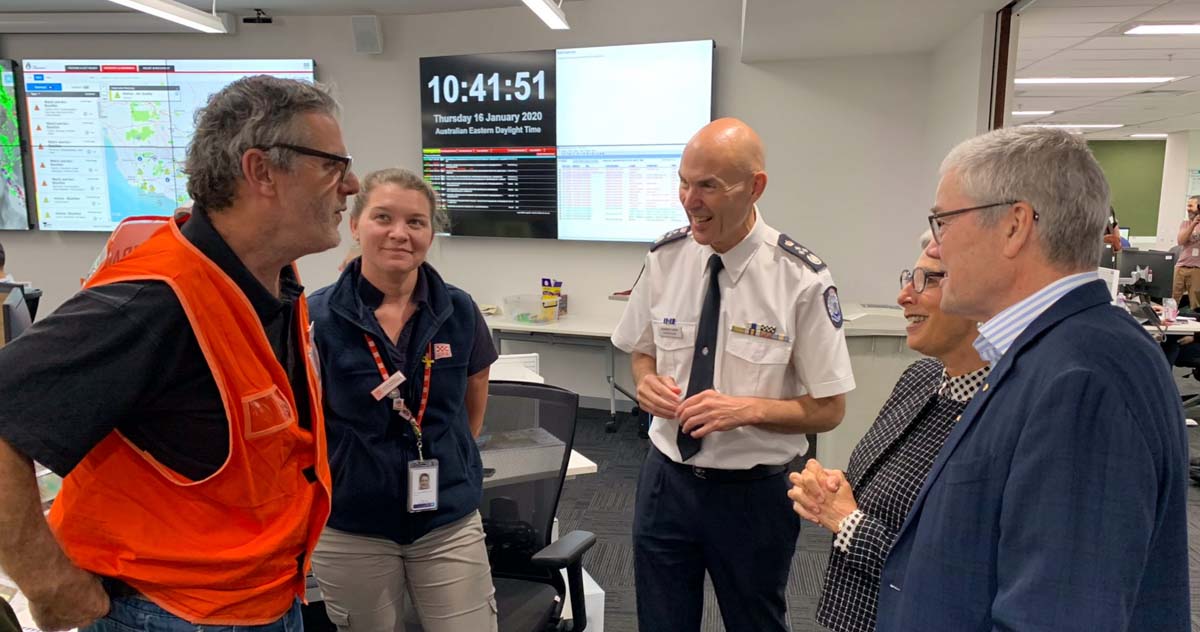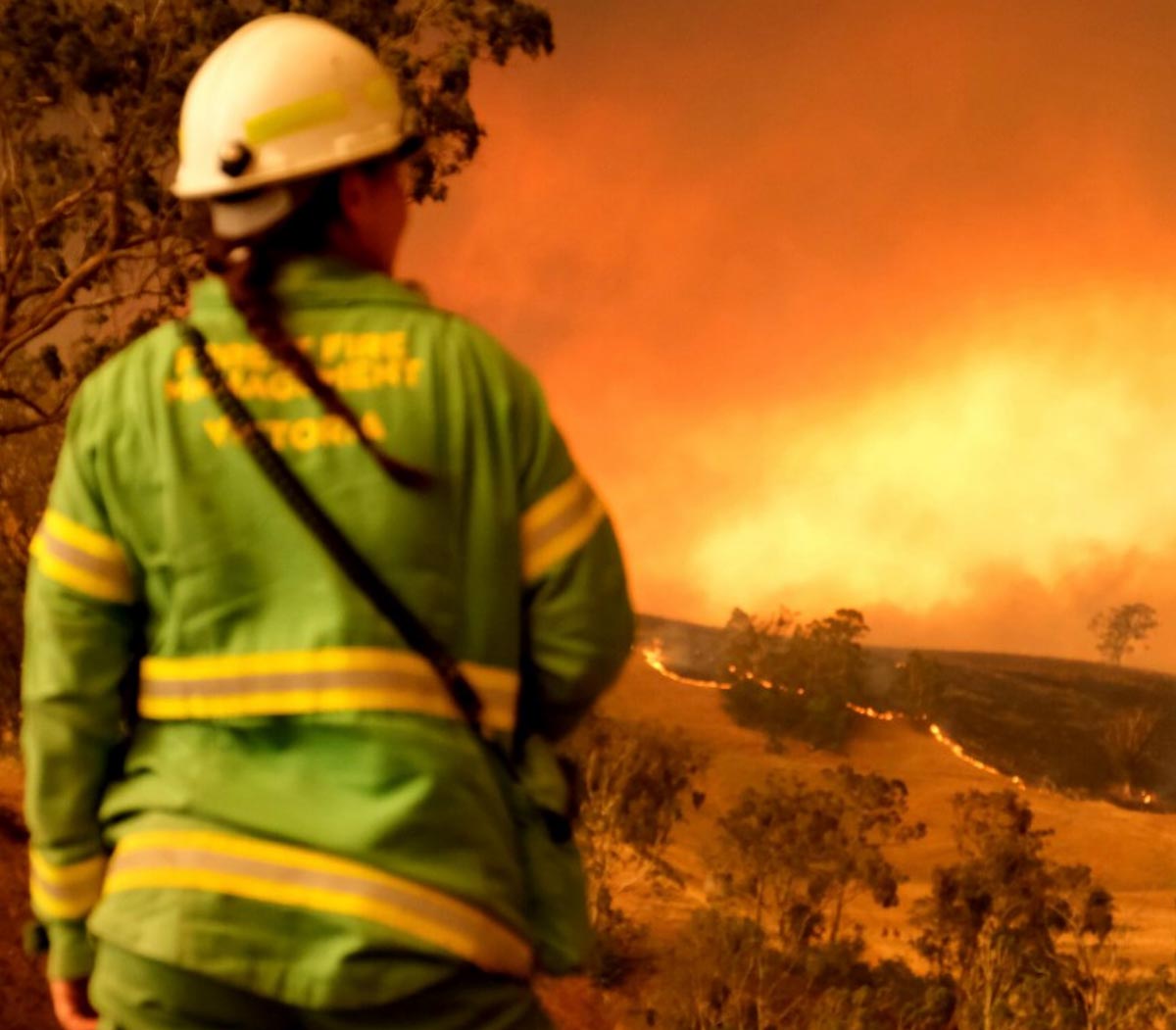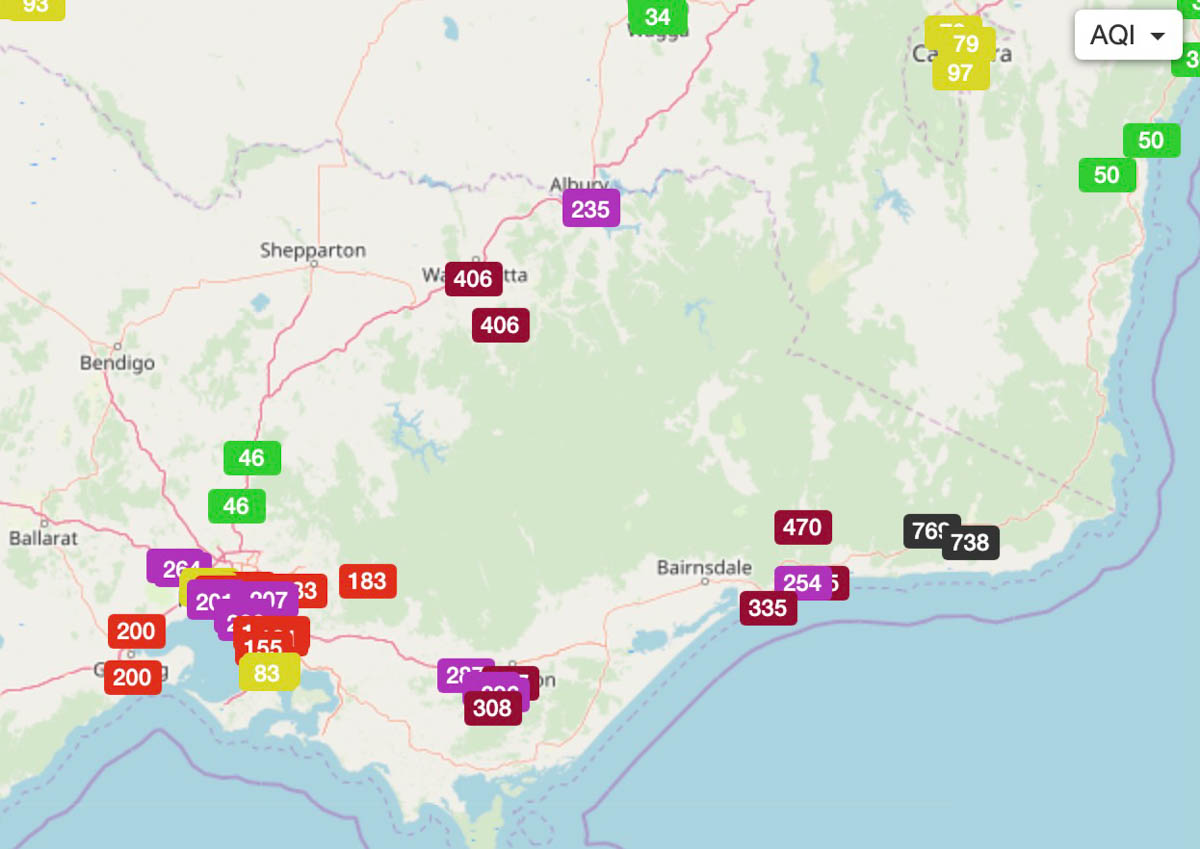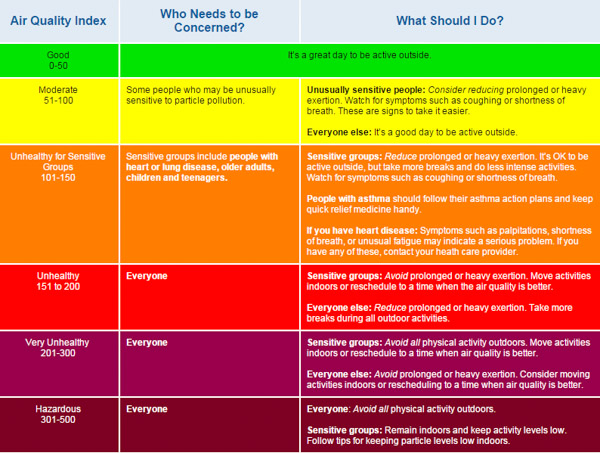
As 20 firefighters from the U.S. Forest Service were about to depart from Los Angeles for a flight to Australia to assist with the bushfires, reporters found Justine Gude who was willing to speak on camera about the assignment. She gave an excellent interview.
Ms. Gude said, in explaining why she volunteered for the overseas trip:
You watch the news or you read these stories of these terrible things that are happening and you always want to know, ‘How can I help, what can I do?’ And I am in a unique position where I actually can do something and I actually can help. So, who wouldn’t jump at that opportunity. I’m super excited.
Two weeks later in Australia, Carolyn Cole, a reporter from the Los Angeles Times, found her. Again she was very quotable:
You know they say ‘It takes a village’. Well it takes all types to have a successful hand crew. You need the funny guy, you need the smart guy, you need the strong guy.
The reporter asked, “What is your role”?
Me? I’m the strong guy!
Then she doubled over laughing
Here is the first interview in Los Angeles, January 7, 2020, by ABC7:
And two weeks later, in Australia, by the LA Times:
Two more 20-person hand crews are traveling to Australia today, January 22. They are a combination of Department of the Interior and U.S. Forest Service firefighters from throughout the United States. The U.S. has already deployed more than 200 USFS and DOI wildland fire staff to the Australian Bushfire response.
“Recent rains have been a welcome relief to fire crews and communities across Australia, but have not extinguished the risk, “said Stuart Ellis, Australasian Fire and Emergency Service Authorities Council (AFAC) CEO. “We are grateful for the arrival of US fire task force personnel this week. Australia is a large country, and while we have seen generous rain fall in the past few days in some areas, we are still experiencing kilometers of active fire front and a large clean-up ahead of us. We’re halfway through the summer and there are still challenges ahead for us this season.”
U.S. Forest Service Fire Director Shawna Legarza recently returned from Australia in support of the bushfire response. “The large, landscape-scale devastation is unprecedented in terms of its impact on Australian economy, its people and their communities, and the effect to numerous ecosystems and habitats. It was humbling to observe the Australians’ resilience, the response in Australia, and level of support from our agency. We will continue to learn from each other in this complex fire environment.”
Based on requests from AFAC, USFS and DOI, the National Interagency Fire Center said wildland fire personnel will continue to provide assistance as requested through the existing agreement. The U.S. firefighters are filling critical wildfire and aviation management roles in New South Wales and Victoria.
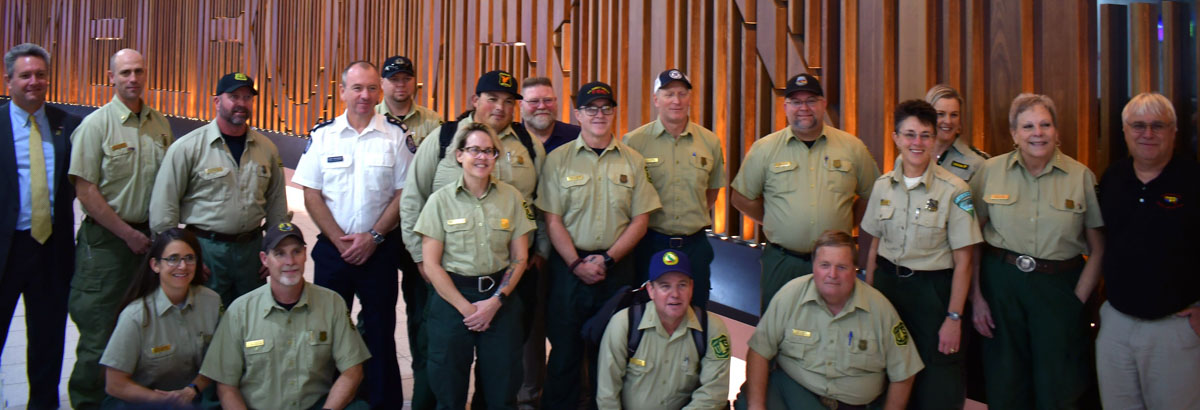
Thanks and a tip of the hat go out to Tom. Typos or errors, report them HERE.


